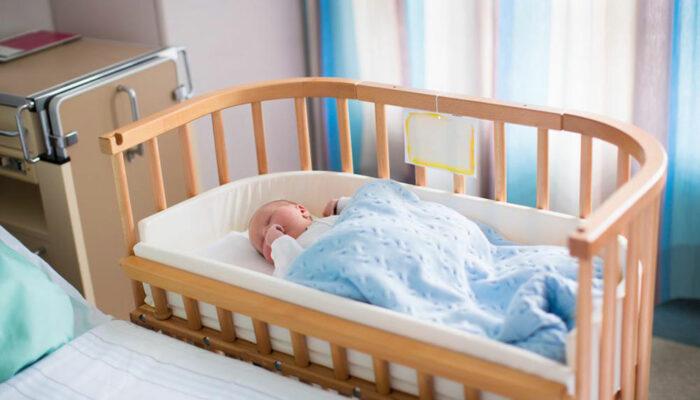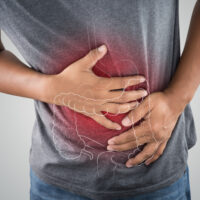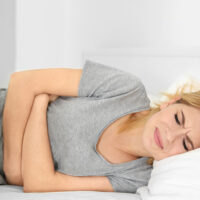Crib – A baby’s best friend
The crib is the first place where you put your newborn to sleep at home. It is the best choice for your tiny one to sleep when compared to a bassinet, cradle or a bedside sleeper. When you plan to buy a crib for your baby, ensure buy a JPMA certified one.

Buy the basic one:
Just go for a crib that has no finials or scrollwork because sometimes your baby’s clothes may get caught in the details and hurt the baby. The US Consumer Product Safety Commission has eliminated the drop-side models as they have been the cause of death of at least 32 infants. So the safest buy is the basic one that meets all the mandatory safety standards, has slat strength, structural integrity, and mattress support.
Go for safety first:
Never go for a used crib as it may not meet the safety standards. If you want to buy an old one, do not buy anything that is older than 10 years. Whether you are buying a new one or an old one, check for the spaces between the slats. It should not be wider than 2 3/8 inches. Also look for any edges that are sharp and bulging out nuts, screws, posts and knobs.
Opt for a firm mattress:
Do a safety check on the mattress before buying. Push it down with your hands to see if it bounces back firmly or not. Soft mattresses are one of the main causes of Sudden Infant Death Syndrome (SIDS) in the US. According to the Federal law, the mattress in a full-sized crib must be 27 ¼ inches wide and 51 5/8 inches long. And it should not be more than 6 inches thick. Make sure the mattress fits snugly in the crib. Also buy sheets that fit firmly to the mattress. If the sheets are loose and don’t fit tightly, there is every chance of your child being entangled to the sheet. Avoid putting stuffed animals in the bed with your baby because they act as suffocation hazards in the bed. Same is the case with bumper pads that come along with bedding sets.
Tips for your baby’s safety:
Put your baby to sleep on his or her back.
Be sure to buy a crib model that has not been recalled by the manufacturer.
Inspect the hardware and the screws regularly and tighten them if required.
Once your baby starts pushing his or her limbs, remove the mobiles.
Place the crib away from windows, drapes, blinds, toys, curtains to avoid any accidents.
Keep the baby monitor’s cords away and out of reach.
Once your baby learns to climb out of the crib, stop using it immediately.





